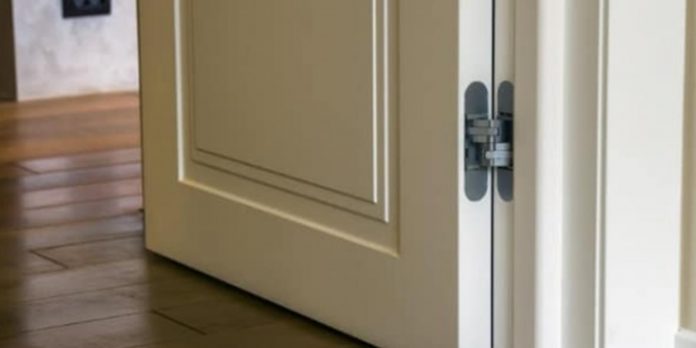Are you considering replacing internal doors in your home? Here, LABC Front Door offers all of the guidance and information you need
When replacing internal doors in a house, it is important to consider if they perform the function of a fire door, assist with good circulation of air around the house or provided thermal separation between an exempt conservatory or porch.
Is it a fire door?
In most new 2-storey houses, doors between internal rooms do not need to be fire resisting, but any door connecting a living space to an integral or attached garage should provide at least 30-minutes’ fire resistance, be fitted with a self-closing device, and have effective cold smoke seals around its edges.
If you are replacing an existing fire door you must replace it with another fire door. How do you identify a fire door? A relatively modern door will have a label fixed to the top edge which indicates its fire performance. It may also have smoke seals around the door’s edges and a self-closing device fitted to the door. For older fire doors, there might be a small colour-coded plug in one of the side edges that indicates its fire performance.
Will it affect the ventilation?
Most modern homes will also benefit from whole-house ventilation, which relies on small ventilators in windows or walls (background or trickle vents), or passive stacks, or a continuous mechanical extraction, or ventilation and heat recovery system. In all of these cases, the effective circulation of air – via natural draught or mechanical extraction – will rely on air transferring between rooms by being drawn under the bottom of internal doors to effectively circulate between the ventilation devices like windows or supply and extract ventilator grilles.
For good air transfer between rooms, replacement doors should have a minimum air gap of 7,600mm2. In many cases, modern house doors are around 760mm wide so this means an undercut of 10mm (3/8 inches) between the bottom of the door and the top of the floor finish – carpet, tiles, laminate boards etc.
If the home has been stripped of all floor finishes, and the doors are replaced before new carpets or boards are installed, then the undercut should be 20mm (3/4 inches) high, to allow for the thickness of a new carpet, floor tile, or board finish afterwards. A lack of a suitable undercut could affect the ventilation and lead to poor air quality, excessive condensation, and in some cases, mould growth.
Do I need a Building Regulations application?
You must contact Building Control if you are removing or replacing doors between an exempt conservatory or porch. This is controlled and notifiable building work as it could be classed as a material change of use, a change in the energy status of the conservatory or porch, or the provision of a controlled service or fitting. Your conservatory or porch will no longer be exempt.
You also need Building Regulations approval if you are removing or replacing any internal fire-resisting door. This is controlled and notifiable work as it is classed as a material alteration of the building.
Talk to your local authority Building Control team as soon as possible, to ensure the work will comply with the Building Regulations. You can find their contact details using the postcode search here https://labcfrontdoor.co.uk/
You don’t need to contact Building Control if you are simply replacing the internal doors in a house (other than fire doors and doors between an exempt conservatory or porch). This is not notifiable or controlled work but any work must not make the conditions of a home worse than they were before the work was carried out and you must ensure that you maintain good ventilation standards.

















